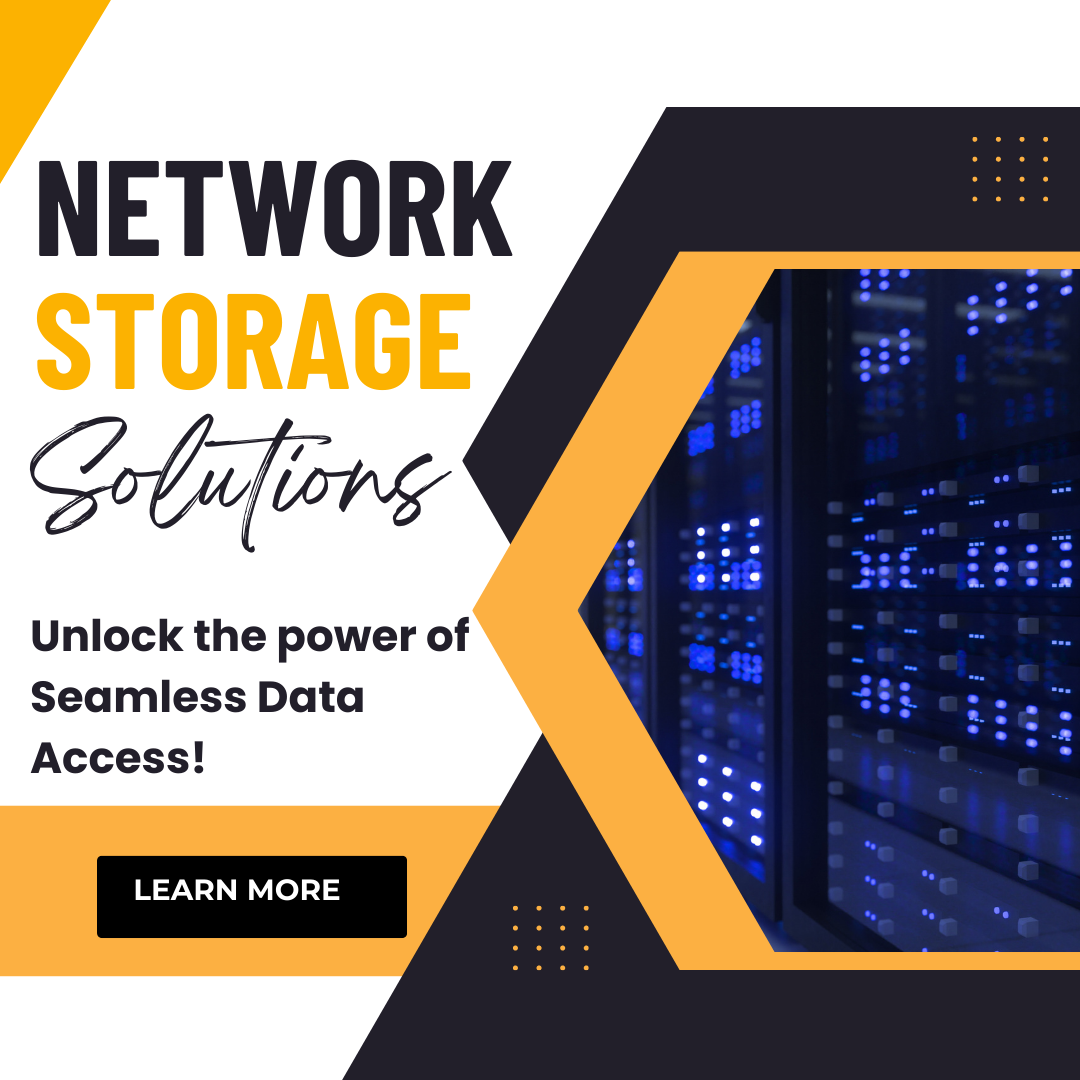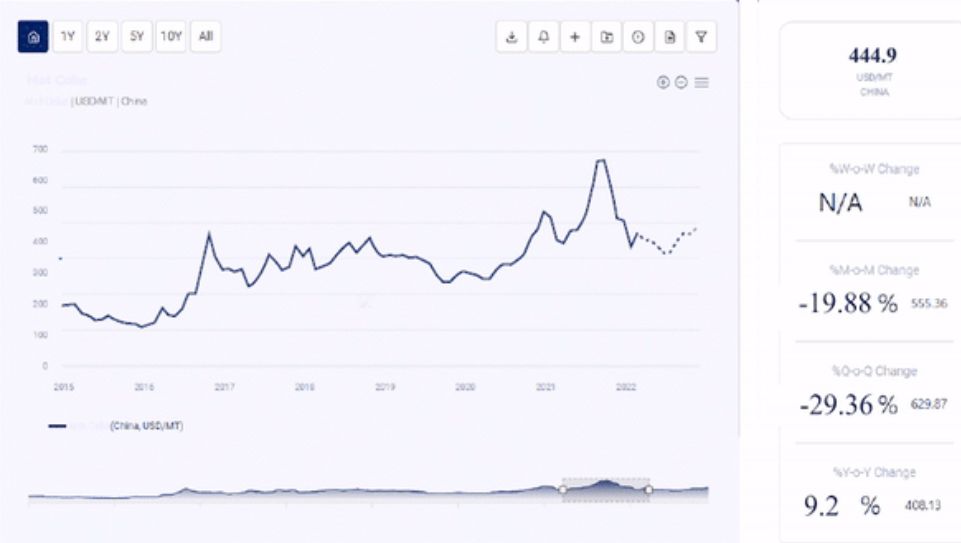
Introduction:
NAS storage, or Network Attached Storage, is a great way to store and manage your data. It’s an efficient, cost-effective way of accessing and managing large amounts of data over a network. However, in order for your NAS storage to be effective and secure, you need to know and practice the best practices for using and managing it. Let’s take a look at some of these best practices so that you can get the most out of your NAS storage system.Secure Your NAS System
Security should always be your number one priority when it comes to managing your NAS system. By default, the majority of NAS systems are not secure and can be accessed by anyone who has access to the same local area network (LAN). To protect your data from unauthorized access or malicious attacks, you should set up a username/password authentication process for connecting to the system. You should also consider setting up encryption for any sensitive data stored on the system.Set Up Automatic Backups
Backup is an essential part of any data management strategy. Setting up automatic backups ensures that your data is regularly backed up in case something happens to your primary files. A good practice is to back up both locally (e.g., on a separate hard drive) as well as offsite (e.g., cloud storage). This way, you have multiple copies of your data in case something goes wrong with one copy.Optimize & Monitor Performance
Optimizing performance can help make sure that your NAS solutions run at peak efficiency and doesn’t become bogged down with excess traffic or unnecessary processes running in the background. To optimize performance, you should consider implementing technologies such as caching and deduplication, which reduce the amount of redundant data stored on the system and improve overall performance. Additionally, setting up RAID arrays can help protect against disk failures or corruption. It’s also important to monitor performance metrics such as usage and latency times in order to make sure that your system is running optimally. This will help identify potential issues early on so they can be addressed quickly before they become serious problems. By monitoring performance metrics regularly, you’ll be able to keep track of how well your system is performing and take action if there are any issues that need addressing.Conclusion:
NAS systems offer many benefits for organizations looking for robust and reliable file sharing solutions or cloud storage options. However, it’s important to remember that proper management and maintenance are key when it comes to ensuring optimal performance from your NAS system. By following these best practices outlined above – such as securing your system, setting up automatic backups, and optimizing performance – you can ensure that you get the most out of your NAS setup while keeping it safe from potential threats or malfunctions. With these tips in hand, you’ll be able to use your NAS efficiently while protecting its integrity over time You should also consider setting up encryption for any sensitive data stored on the system. !








